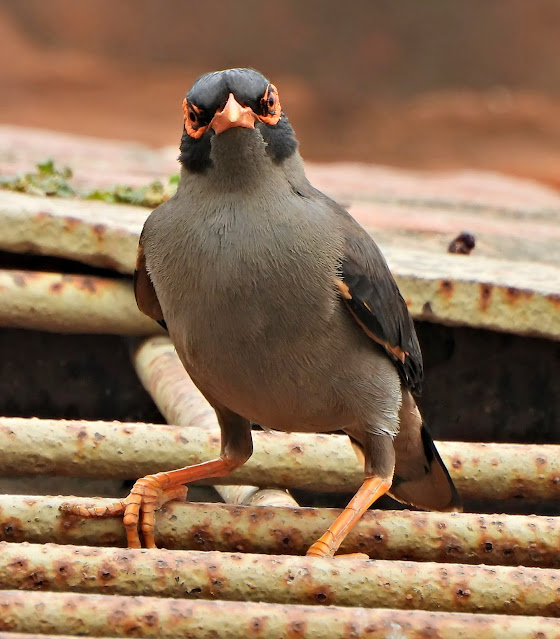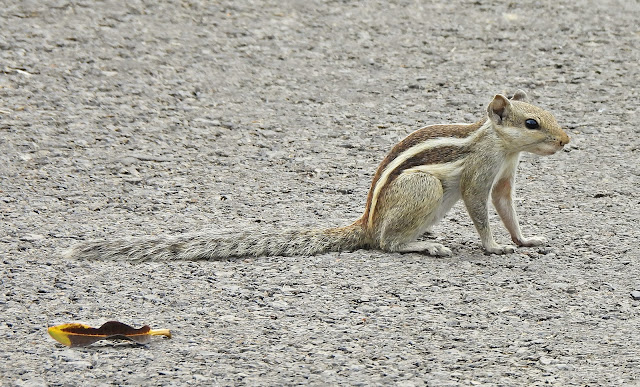The adult male has glossy black plumage, blackish-brown legs, a yellow eye ring, and an orange-yellow bill. The bill darkens somewhat in winter. The adult female is sooty-brown with a dull yellowish-brownish bill, a brownish-white throat, and some weak mottling on the breast. The juvenile is similar to the female but has pale spots on the upperparts, and the very young juvenile also has a speckled breast. Young birds vary in the shade of brown, with darker birds presumably males. The first-year male resembles the adult male but has a dark bill and weaker eye ring, and its folded wing is brown, rather than black like the body plumage.
Common blackbirds breed in Europe, North Africa, India, and southern China. Populations in the north and east migrate to winter in Egypt and the west and southeast of Asia. Depending on latitude, Common blackbirds may be resident, partially migratory, or fully migratory. These birds live in very varied habitats, including mountainous regions and big city centers, where they inhabit open forests and forest edges, woodlands, cultivated areas, gardens, and parks if the cover is dense enough for hiding.
Common blackbirds are diurnal and eat mainly on the ground, turning the leaf litter to find the invertebrates hidden below. The bird runs for a short distance and stops suddenly to turn its head sideways to detect its prey and hops while it digs the ground with its bill to attract worms. It will feed in trees and bushes on the fruits and berries that it prefers. These birds will often take sunbaths, while flattened on grass or warm ground, with their beak open and their head inclined, and wings and tails spread. Common blackbirds are territorial, strongly defending their territory, mostly in urban areas where each pair does not have much space. Females may also fight, in defense of a good nest site. While winter food is available, Common blackbirds will stay within their territory for the year, although they will occupy different areas. Migrating birds are more gregarious, flying in small flocks and eating in loose groups at the wintering grounds.
%201.jpg)
%202.jpg)
%201.jpg)
%201.jpg)
%201.jpg)
%20Dinopium%20rafflesii)%2020.jpg)
%20Dinopium%20rafflesii)%2021.jpg)
%20Dinopium%20rafflesii)%2022.jpg)
%20Dinopium%20rafflesii)%2023.jpg)




%2020.jpg)
%2021.jpg)









%2020.jpg)
%2021.jpg)
%2022.jpg)

%2020.jpg)







%2020.jpg)
%2021.jpg)











%201.jpg)
%202.jpg)